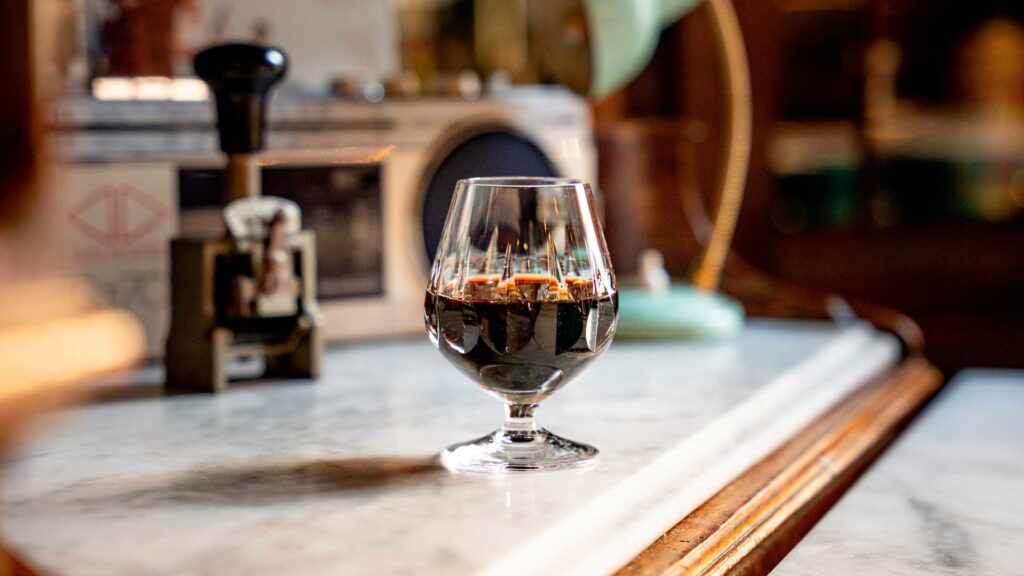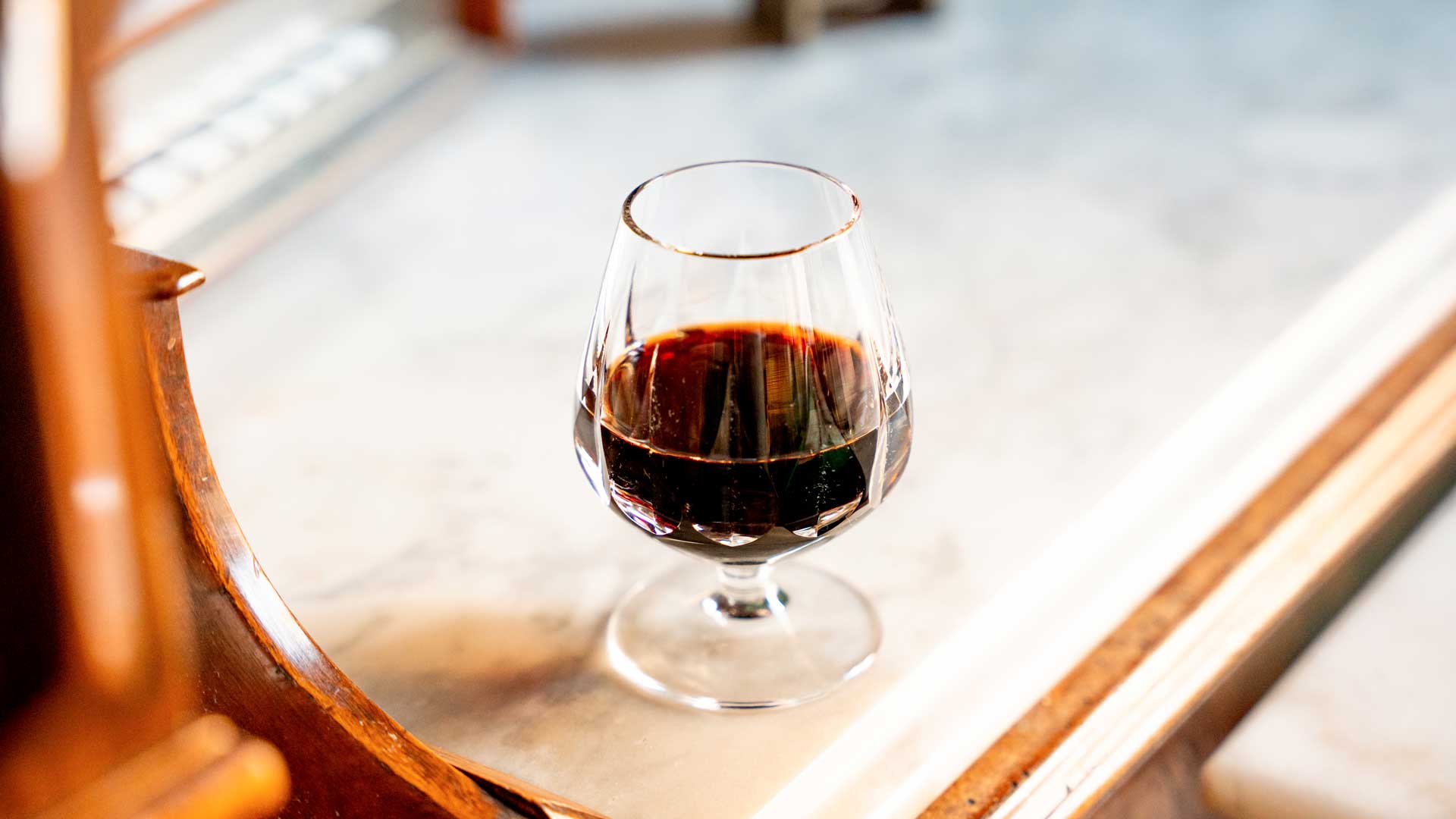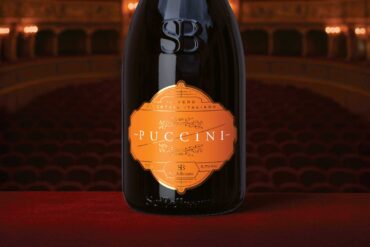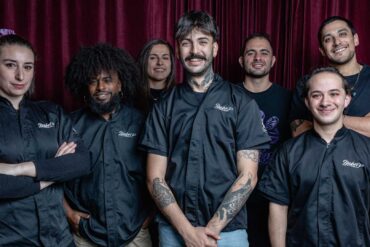The world of liquors is way more diverse than it first appears, and ratafià is a prime example of that. If the name doesn’t ring a bell, it’s probably because this is a drink that’s been flying under the radar for centuries. But now, it’s making a comeback.
What Exactly Is Ratafià?
Ratafià is a liquor made from alcohol and fruit (either in juice or whole form). The definition is pretty broad, which makes sense given its diverse traditions.
In simple terms, it’s about taking fruit and steeping it in wine or a spirit (the choice impacts the final alcohol content). While not required, you can add all kinds of flavorings—think vanilla, spices, citrus peels, or herbs. The maceration time varies, and it’s followed by filtration and, sometimes, a bit of sugar before bottling.
The Origins
Ratafià is primarily produced in Italy, Spain, Switzerland, and France. But each country, and even individual regions, have their own spin on it due to its highly artisanal nature.
Every locale has its favorite ingredients and specific methods, reflecting ratafià’s origins, which date back to at least the 17th century and likely have even earlier, very local roots. The sources are a bit fuzzy, but it seems clear that one recipe might have been developed by a convent, while another was passed down through generations in a family. Essentially, everyone had their own way of making ratafià, often using whatever grew in the surrounding area.
Every Place Has Its Own Ratafià

This explains why there are so many regional varieties of ratafià today. Take Biella’s ratafià, for example, made with black cherries, or the one from Abruzzo and Molise, based on sour cherries. Then there’s the ratafià from the Valle del Liri, made with berries, or the Catalonian and Ticino varieties made with green walnuts. Some use wine, others spirits. Some have added spices, while others don’t. Some are bottled after about 30 days, while others take months.
Why the Name?
The mystery around its origins extends to the name, too. But it all seems to point back to modern Latin and public acts. The name “ratafià” is thought to come from the toast made to seal an agreement. There are two main theories, and it’s tough to say which is definitive.
One theory ties the name to a peace treaty, with the phrase pax rata fiat (peace is confirmed). The other connects it to the ratification of a legal document, with the expression ut rata fiat (so it is confirmed). In both cases, drinking was part of the celebration and good luck.
The New Trend
Fast forward to today, and ratafià is starting to show signs of a resurgence. It’s tricky to predict where it’ll go next, and it’s hard to pinpoint exactly where the revival started.
Most likely, it has roots in the recent comeback of amaro, where old recipes were revived, and artisanal products gained attention. This renewed interest in less industrialized flavors seems to have sparked a rediscovery of the small producers who bottle ratafià in the traditional way.
Image credits of Julie Couder and Coqtail, location Nik’s & Co, all rights reserved.






